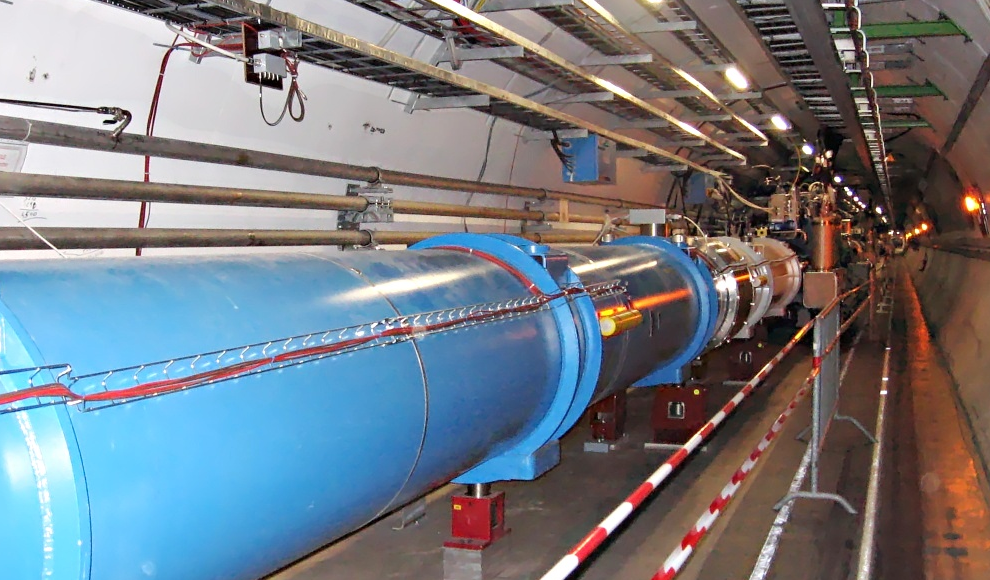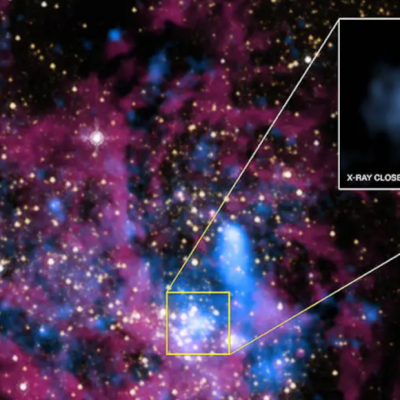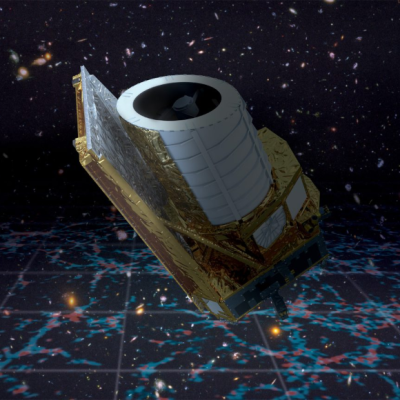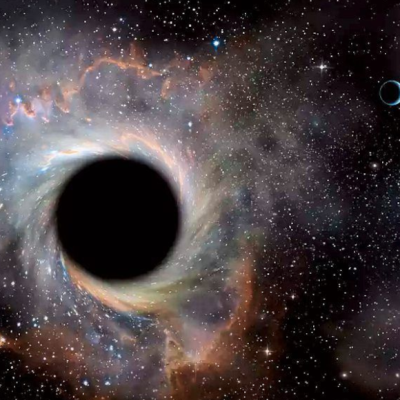In a groundbreaking discovery, scientists at CERN may have detected neutrinos for the first time using a new measuring instrument at the Large Hadron Collider (LHC). The researchers recorded six possible neutrino interactions during a test run of the world’s largest particle accelerator in 2018, according to a publication in the Physical Review D. This marks the first time that a particle accelerator has found evidence of these electrically neutral elementary particles, said Jonathan Feng of the University of California. Feng called the discovery a significant breakthrough for research and a glimpse of possible future discoveries expected in the coming years.
Neutrinos are often referred to as “ghost particles” in physics because they have no mass and only minimal nuclear force, making them difficult to detect. They can only be detected with special detectors, and until now, they had not been definitively detected in particle accelerators like the LHC, despite the high-energy neutrinos produced during collisions. To address this, the LHC is being equipped with the Forward Search Experiment (FASER), which is expected to detect neutrinos in the third run of the particle accelerator next year. FASER will not only detect many neutrinos but also identify all different variants, including all flavors of neutrinos and their corresponding anti-particles. The experiment is also expected to provide clues about dark matter.
The discovery of neutrinos at the LHC is a significant achievement that could lead to new discoveries in particle physics. With the upcoming FASER experiment, scientists hope to detect even more neutrinos and learn more about these elusive particles. The discovery could also have implications for our understanding of the universe and the nature of dark matter.










